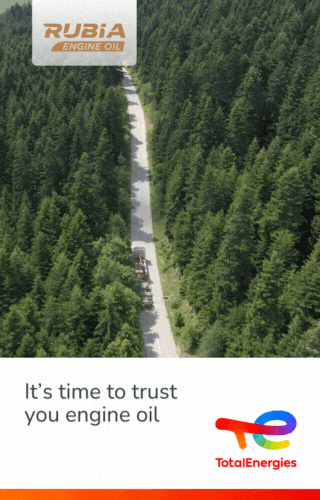Winch-assist technology is now well-established in New Zealand – but how did it come about?
The safety and productivity benefits of mechanical tree felling on easy country are well known, but the development of winch-assist has enabled these benefits to be gained in steep slope harvesting operations.
Since 2006, new machines and systems were being developed by New Zealand contractors to mechanise felling and pre-bunching on slopes, with the aim of eliminating manual chainsaw felling in cable operations. In March 2009, researchers from Future Forests Research (FFR) visited Ross Wood’s operation in Nelson with a view to studying his steep terrain bunching operation. This was initially an old Komatsu roller crusher tractor, with a pre-tensioned winch drum brake, an “active system” with the winch rope moving up and down the slope as it was wound in or out to assist the feller buncher.
At about the same time the second machine that had been developed back in 2009 was being tested by Nigel Kelly of Kelly Logging in Nelson. This was a Hitachi excavator with a Satco boom and felling head with a built-in winch to aid traction. This was a single machine system, a “passive system” as the winch rope is static as the machine moves up and down the slope, winding the cable in and out. This means less rope wear as it is not moving across the ground, and as the winch rope is tied off on stumps at the top of the hill, it does not require access to the back line or top of the slope.
In practical terms
So, how can a winch cable be used to assist the traction capability of a ground-based machine on a steep slope?
As shown in the illustration in Figure 1 above, the basic physics for retaining traction on a slope is that the Gravity Force pulling the machine downslope (Wg in red) should not exceed the Traction Force (T in blue) that the machine is able to develop on the ground surface. Otherwise, the machine will start to slide downslope.
Put simply, the greater the Traction Force the tracks can generate in the soil, the steeper a machine can operate without slipping.
The benefit of winch-assist is that the Tension provided by the cable will add to the Traction Force of the tracks, and thereby greatly increase the operating range of the machine, without it reaching its traction limit.
Traction Force is a function of the soil’s Coefficient of Traction, sometimes called Tractive Efficiency, for a given machine type (either tracked or wheeled). This is illustrated in the chart on the right of Figure 1. The slope limit is indicated where the Wg purple line intersects the Traction line for a given coefficient of traction.
In this example, if the soil had a coefficient of traction of 0.4 (the blue line), a 37-tonne machine would start to slip on a 22-degree slope, without traction assistance.
By adding a winch-assist with 10-tonnes of tension provided by the cable, C (represented by the black arrows) the Traction Force is augmented...





